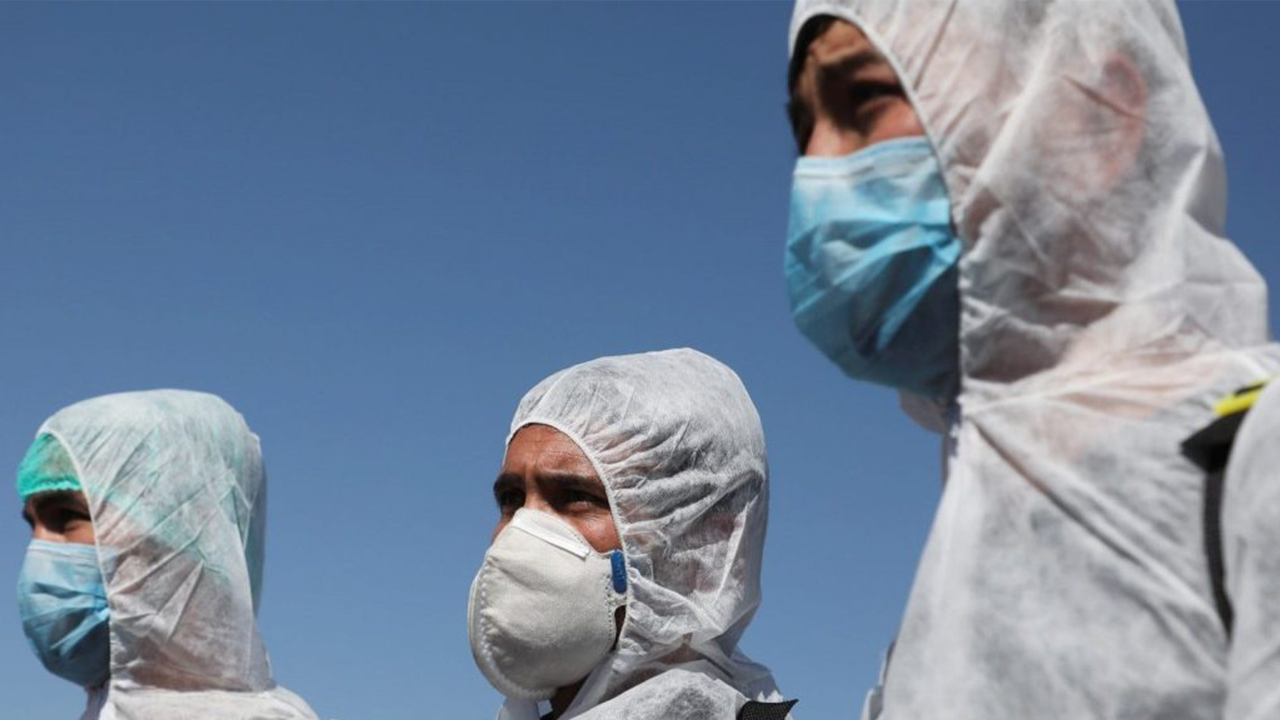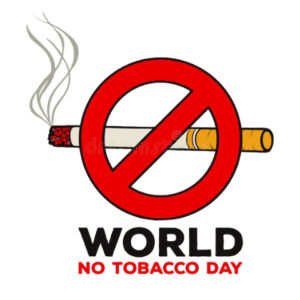Corresponding Author: Dr. Fatemeh Rezaei
Email: f.rezaei.pro@gmail.com
Adopting effective coping strategies in a worsening crisis situation require authorities to identify, assess, and plan immediately the situation. The challenge we are currently facing in Iran is COVID-19, which has received widespread attention due to the rising number of death and illnesses in the community. The Iranian government should increase the diseases surveillance capabilities by using immediate response programs, facilitating ways of quarantine, and attempting to persuade communities to take safety precautions. In this regard, the social distance through quarantine and mass screening are strategies to save time and increase the surge capacity of health systems in responding to epidemics. The importance of capacity building becomes clear when communities understand that they are living in a global village where people are more interconnected due to adequate supplies of goods and services. Therefore, dense populations in smaller geographical areas, such as China, Italy, Iran, and others, have more potential to spread the virus.
Several factors affect the initiatives of countries in each phase of the pandemic. The US Centers for Disease Control and Prevention (CDC) recommends that health authorities should decide on the priorities of action based on the real and coming health consequences of the pandemic. According to the phases of pandemics (6 phases and two phases after the peak of the disease) provided by the World Health Organization (WHO), the priorities of actions for each phase are different. Considering the WHO guideline, we recommend that quarantine and mass-screen should be considered in the communication main action (in 5 and 6 phases) to be effective in controlling the disease. In addition, the 2009 Influenza and SARS pandemics have provided us with solutions to provide adequate time and capacity to respond to the health system.
Social distancing during COVID-19 pandemic in Iran cannot follow quarantine restrictions compared to other countries, including China and Italy. The challenge of quarantine in Iran requires that authorities know how to justify and educate people to apply the principles of quarantine satisfactorily. The basic solution is to understand the mentality of Iranian people on the COVID-19 pandemic. In other words, what did cause to provoke the negative perceptions of the public into following the official instructions at the time of the crisis? Then, authorities can understand why people still disregard quarantine principles despite wide-ranging safety recommendations. The point is that the history of using the quarantine methods in Iran dates from the last centuries experienced serious problems and ineffective results. Studying published contents posted on official websites and mass media has shown that there are many negative perceptions of quarantine that affect responding to the pandemic. The perceptions include economic sanctions, economic recession, the business fails of seasonal/temporary jobs due to happening of COVID-19 pandemic during New Year’s Eve, limited risk-understanding of the community, small business collapses, the impact of the social media, imposed restrictions on the religious mass-gatherings and saint places, limited social interaction causing painful emotion, cultural issues, and breakdown of mutual trust. We categorized factors causing negative perceptions into six main groups as shown in the image.

To align closely with the society, the Iran government should overcome the community perception about the disaster relief effort. Therefore, authorities can direct aid policies in line with the public perceptions to pursue action plans in response to covid-19 pandemic. The media hype provides an important space that broadcasts positive or negative attitudes and inspires the public to the performance of crisis authorities. Therefore, the governors need to be more vigilant in emergency situations to develop master plans and edit the contents of media regarding crisis responses.
Considering the barriers to implement quarantine procedures similar to what has been done in Wuhan, China, the health authorities in Iran used the social distance and Mass-Screen instead. In addition, Iran has applied Tele-Screen and Family Electronic Health Record Systems (FEHR) to identify suspected cases and monitor closely the chain of transmission. Although this strategy slows down the transmission of COVID-19 at a slower rate in comparison with other countries, Iran has taken the advantage. Iran’s experience in the COVID-19 pandemic quarantine could pave the way for other countries with similar economic and social situations to emulate ideas worth pursuing.
Dr. Fatemeh Rezaei is Assistant professor, social determinants of health research center, Isfahan university of medical science, Isfahan, Iran.
-
Dr. Fatemeh Rezaeihttps://eciph.in/author/dr-fatemeh-rezaei/
Ali Mohajervatan is PHD of Health in Disaster and Emergency and incident prevention expert in EMS of Golestan University of Medical Sciences, Golestan, Iran
-
This author does not have any more posts.
Dr. Edmond Fernandes is the CEO, CHD Group, India Country Office & Honorary Director - Edward & Cynthia Institute of Public Health
-
Dr Edmond Fernandeshttps://eciph.in/author/dr-edmond-fernandes/
-
Dr Edmond Fernandeshttps://eciph.in/author/dr-edmond-fernandes/
-
Dr Edmond Fernandeshttps://eciph.in/author/dr-edmond-fernandes/
-
Dr Edmond Fernandeshttps://eciph.in/author/dr-edmond-fernandes/







